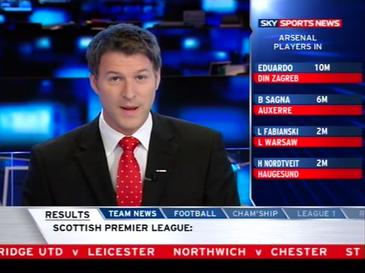Due to the play being written and performed in the style of a news broadcast, much of the audience at the time believed they were hearing an actual news account of an invasion from Mars! "People packed the roads, hid in cellars, loaded guns, even wrapped their heads in wet towels as protection from Martian poison gas, in an attempt to defend themselves against aliens, oblivious to the fact that they were acting out the role of the panic-stricken public that actually belonged in a radio play." (Source)
Bolter and Grusin define this effect as immediacy. Media producers seek to erase the gap between the signifier (medium) and the signified (subject) to create a "style of representation whose goal is to make the viewer forget the presence of the medium and believe he is in the presence of the objects of representation". Due to the rapid development of digital and interactive media, such as live webcams and CGI, audiences demand immediacy from traditional media. Documentary programmes like Traffic Cops use point of view cameras to make the audience feel like they’re in the action chasing a bunch of scallywags in a stolen Citroën Saxo.

Not to stereotype...
The opposite of immediacy is what Bolter and Grusin defines as hypermediacy. This is a "style of representation whose goal is to remind the viewer of the medium". Hypermediacy can be seen in the characteristics of websites. As they stream video, adverts and text all at once and adding in the fact that people can chat, listen to music and download whilst on the web, it panders to the audiences’ fascination with the medium itself.
These two contradicting techniques are able to not only coexist in digital media but have become mutually dependant. TV news programmes borrow from the graphic style of websites, using video streams, split-screen displays and graphics, but contrast this with the live immediacy of news coverage mostly on location (enhancing the immediacy).

Bolter and Grusin predicted that “not only will the new media landscape look like television as we know it, but television will come to look more and more like new media”. This has been achieved due to the convergence of immediacy and hypermediacy in what has been dubbed the ‘double logic of remediation’.
The next step is virtual reality headsets. C’mon Science!




